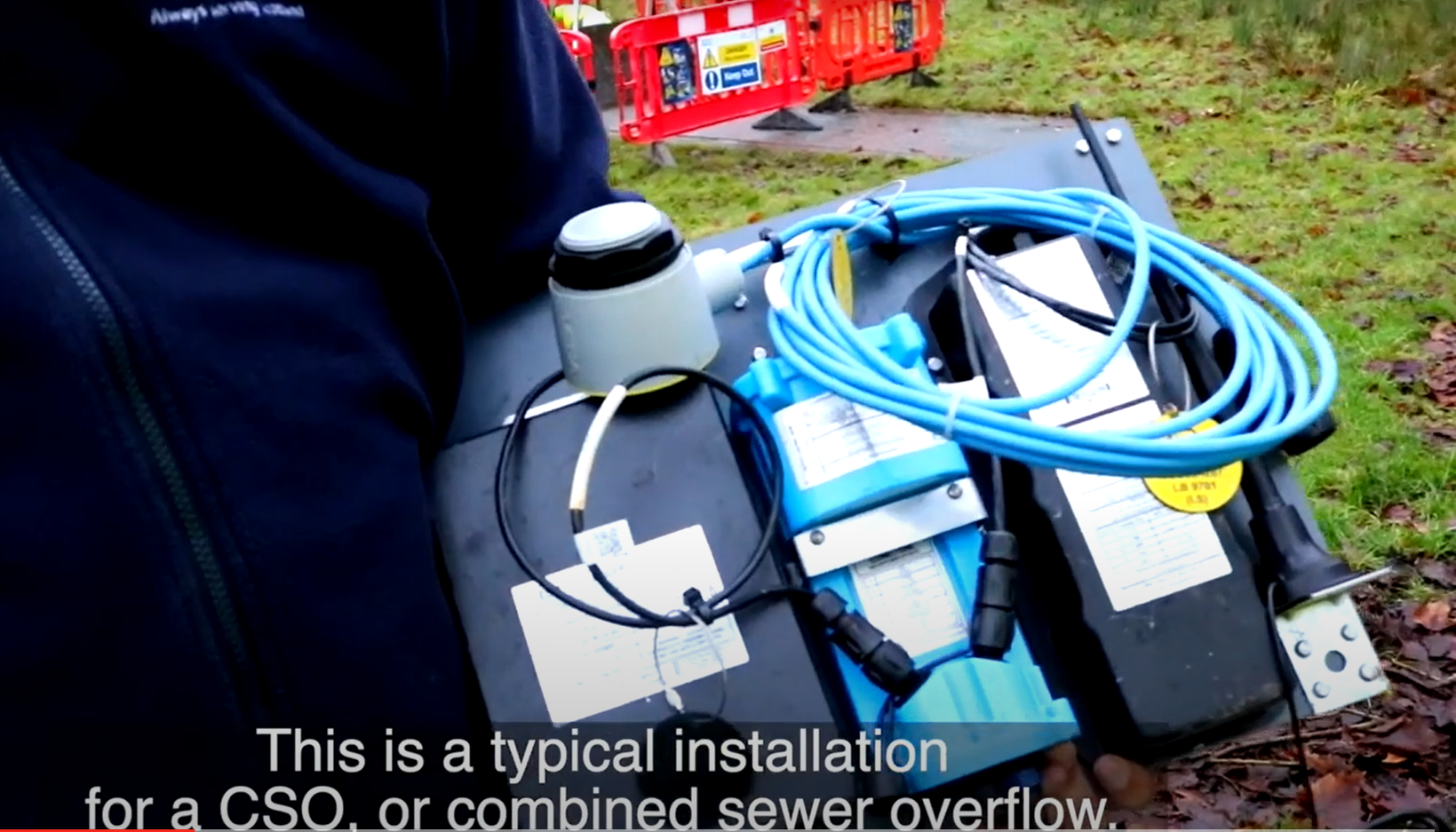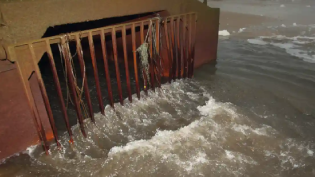Published Overflow Data
Overflow Data
We are committed to providing accurate information about the performance of our sewer network as part of our approach to improving water quality in Scotland.
In our Improving Urban Waters Routemap, published in December 2021, we said we would increase reporting of overflow data from monitored overflows over time:
-
By December 2022 publish data annually for monitored overflows where data is already reported to SEPA, identifying the main reason for the overflow event where possible
-
By December 2023, publish data annually for all other monitored overflows
-
By December 2024, publish near real-time data for all monitored overflows
What has been published?
We have made available the following data:
-
Overflow data included within our annual regulatory reporting to SEPA covering the period 2020 - 2024
-
Overflow data from all other monitored overflows covering 2022 - 2024, only where data has been verified
The overflows covered are:
-
Combined Sewer Overflow (CSO), which stops the system from becoming overwhelmed during heavy rainfall
-
Settled Storm Sewage Overflow (SSSO), a form of CSO that provides a level of treatment or settlement before discharge
-
Emergency Overflow (EO), which should only operate in the event of sewer system failure and should not operate in response to rainfall.
Reporting does not include reasons for overflows, which Scottish Water does not currently record.
The information is available in searchable format by clicking on the blue box at the top of the page and selecting 'download'.
Discharge data is supported by additional information, including metadata, user guidance, postcode, local authority area, and receiving water.
Published Overflow Event Data
Download the Scottish Water Reported Overflow Event Data to SEPA 2020 - 2024 & Summary
DownloadOther Overflow Event Data
Download the Scottish Water data for other monitored overflows in 2022 - 2024 not reported to SEPA
DownloadAdditional information
Please note that published data covers only monitored overflows where data has been quality assured.
Where Event Duration Monitoring (EDM) is a regulatory requirement, we are required to monitor the frequency and duration of releases from overflows. The published overflow data is based on available EDM data and complements the near real-time data on our overflow map.
Many factors can affect the numbers or variability between years, meaning comparisons are based on different datasets. These factors include:
- data availability, eg. some overflows may only have partial data sets for the year
- the number of overflows without data
- rainfall
- investment works
Data received from our EDM monitors may not always be accurate. EDM data doesn’t confirm discharges, it only indicates them. For example, the monitors can be very sensitive and can be set off by vegetation movement. Published data is based on a review of the available data, which may vary between monitoring locations.
EDMs only provide the start and stop times and duration of overflow events. They do not provide volume information. In some cases, we are required to report volume or an estimated volume, which is why this is included in the published reported data.
Some overflows have been removed from the published data, where it has been confirmed that a monitor is not required or has been duplicated.
Additional overflows with new EDM monitors installed as part of our Improving Urban Waters investment programme will not be added until a full year's data is available. We continue to install further new monitors and these will be added in future years.
Reasons for overflow events are not available for historic events because Scottish Water has not been required to collect or report this information. Scottish Water aims to develop approaches to help identify reasons for overflow events and this will become part of future releases of information.
Some parts of the system are operated on our behalf by PFI operators. Where identified as the responsible person for the asset within the discharge license, these operators submit flow and event returns directly to SEPA.
Scottish Water does not publish information that other operators report to SEPA. However, as Private Finance Initiatives (PFI) assets return to Scottish Water ownership at the end of existing contracts, we will include overflow data from these in our future annual returns to SEPA, and this will subsequently be published.
Any grid references within the data set relate to the asset location/monitoring point and not the receiving water.
Find out more about Scotland’s sewers and our improvement plans









